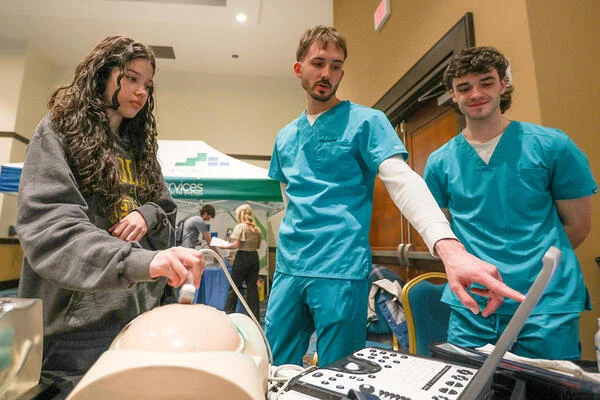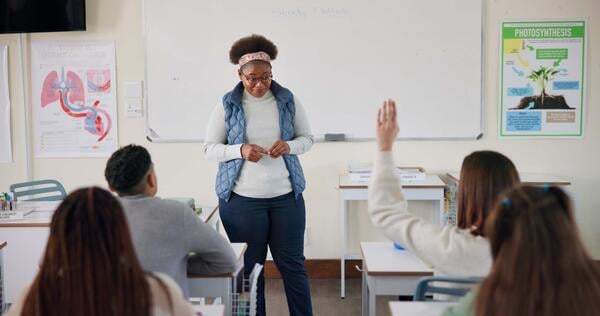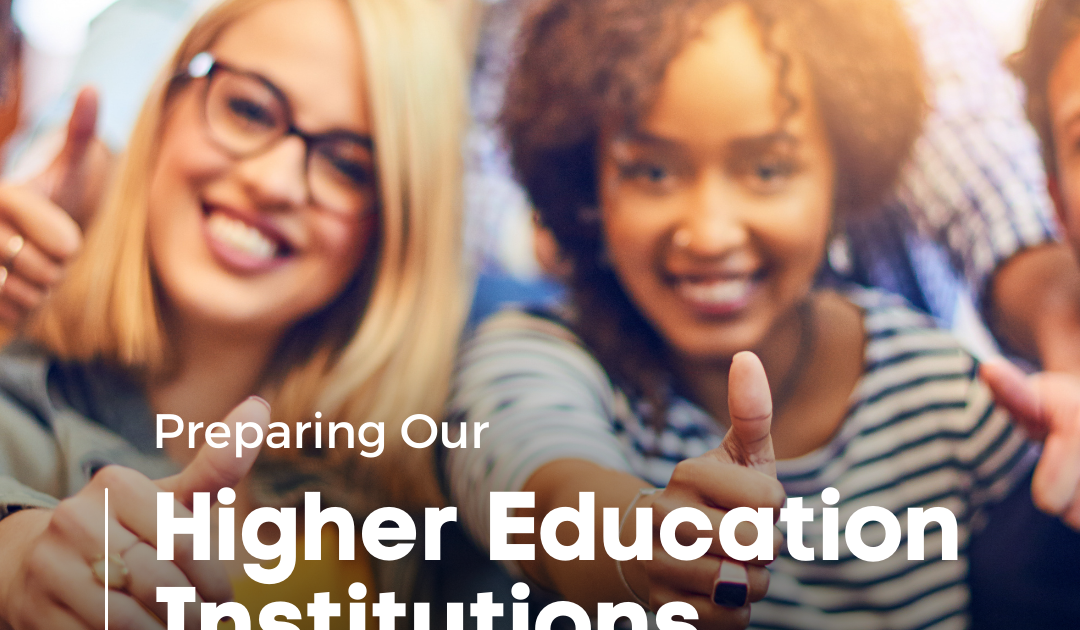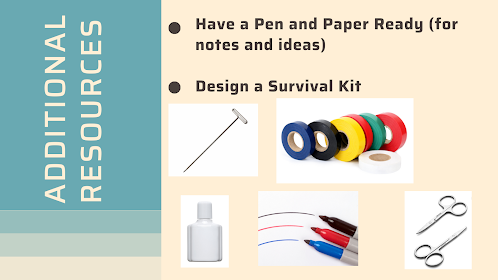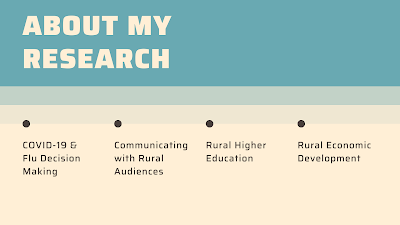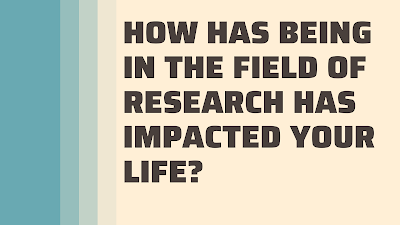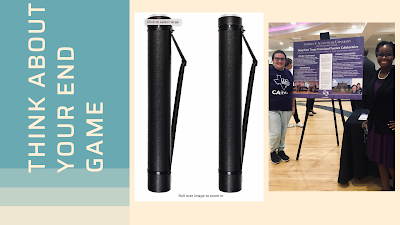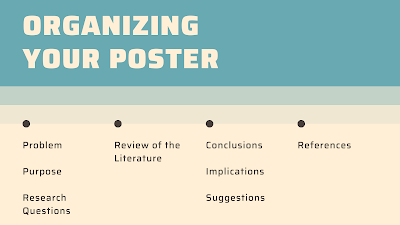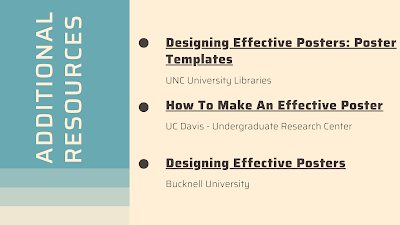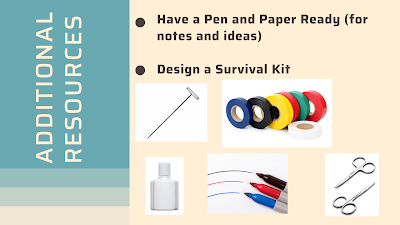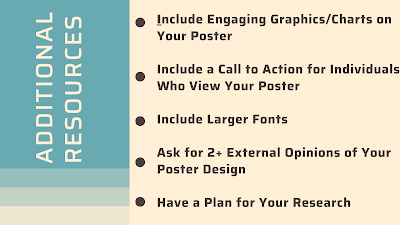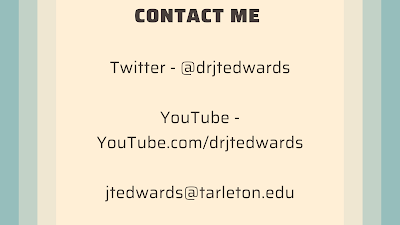AI isn’t the only reason new graduates can’t get a job, but it is changing the job market they’re entering. Economic uncertainty and a surplus of college graduates are contributing far more to high unemployment among young degree holders than job-thieving robots.
A recent Federal Reserve analysis showed that the unemployment gap between high school and college graduates has been narrowing since the 2008 recession and now sits at around 2.5 percentage points, down from an average of five percentage points from roughly the 1980s to early 2000s. The National Association of Colleges and Employers’ 2026 Job Outlook Survey found that employers expect hiring for the Class of 2026 to remain flat. Next year’s job market likely won’t improve for college graduates.
But even though huge corporations like Amazon, Target and Klarna say they are laying off tens of thousands of employees because of AI, they do not represent the majority of employers. Like the rest of us, most companies are still figuring out AI. In the NACE survey, nearly 59 percent of employers said they are not planning to or are unsure whether they’ll augment entry-level jobs with AI, and just 25 percent said they’re currently discussing it.
Meanwhile, in a recent Substack post, economist and CUNY Graduate Center professor Paul Krugman argued it’s too soon for AI to have such a drastic impact on unemployment for college-educated workers; instead, he blamed the crummy job market on tariffs, uncertainty in the economy and even DOGE cuts flooding the job market with laid-off, educated federal workers.
These market challenges coincide with intensifying pressure from the federal government and the general public for colleges to show that their degrees are valuable. Just this week, the Department of Education rolled out a new feature in the Free Application for Federal Student Aid alerting students if the institutions they’ve applied to produce graduates who earn less than people with just high school degrees.
While the state of the economy is out of higher education’s control, institutions should heed employer calls for graduates with real-world experience. Career-ready students will be able to adapt to the evolving world of work and see that their degrees are worth the investment. The most promising response is for colleges to embrace experiential learning.
A survey of employers released this week by the American Association of Colleges and Universities showed that college graduates who are proficient in applying knowledge to the real world and who understand teamwork are the most likely to be hired. Students agree: They cited paid internships and building stronger connections with employers as the top things colleges can do to help them get career-ready.
Focusing on work-based learning will achieve two things: get students the real-world experience employers demand and set them up for long-term economic success. The college premium may be eroding, but it persists. And while high school graduates might be getting jobs more quickly than recent college graduates, those with degrees stay employed longer once they do find jobs.
Regional economies will benefit from graduates with real-world experience, too. Students who participate in internships or apprenticeships are more likely to find local jobs after they graduate. Studies even show that underemployed graduates, those working jobs that don’t require a college degree, land in roles with higher intrinsic value—think less physical labor, more respectful treatment and better opportunities for skill development.
Some institutions are further along than others. A program at Harvey Mudd College pairs undergraduates early in their degrees with alumni around the country for summer job shadows. Others target career support to individual student groups, such as neurodiverse students and veterans. Virginia recently announced a partnership with Handshake to provide each student at a public institution at least one form of work-based learning in an effort to keep talent in the state. And the Delaware Workforce Development Board gave the University of Delaware’s Lerner College of Business and Economics a grant to create a yearlong co-op program with businesses across the state, partly to “keep homegrown talent here in Delaware,” the chair of the board said.
The economic forces impacting the job market aren’t going away, and neither is AI’s transformational influence on how work gets done. The solution for colleges is simple: Students need real-world experience and employers are explicit about wanting to hire graduates who have it. Colleges must start building employer relationships and embedding experiential learning into the curriculum now. The institutions that get it right will be the ones whose graduates never question the value of their degree.


